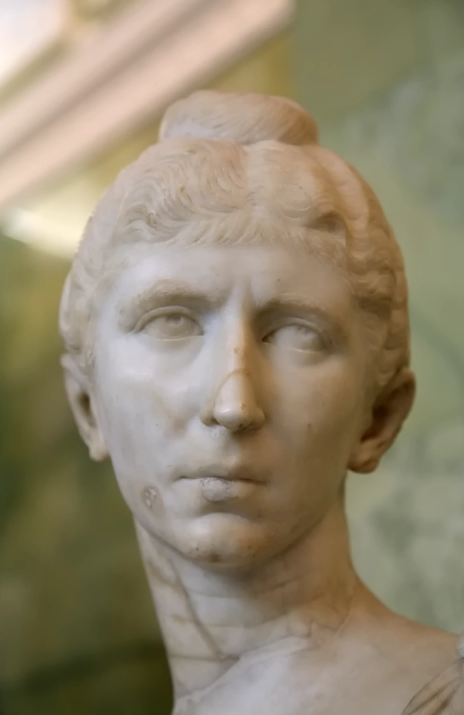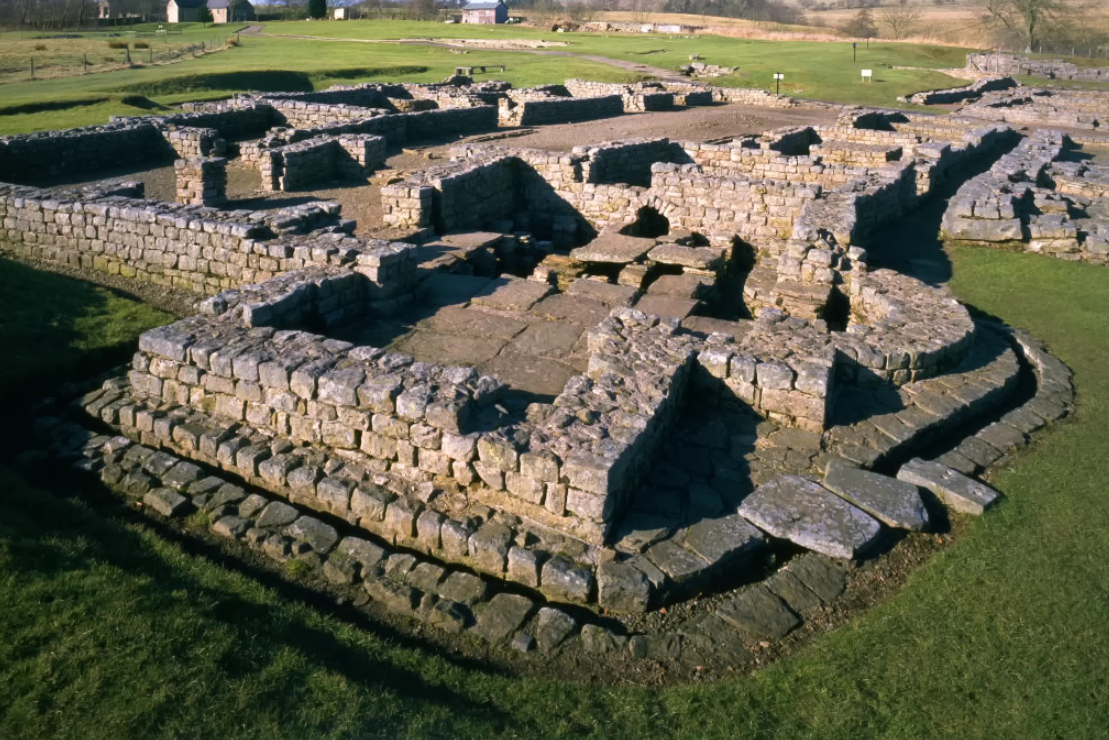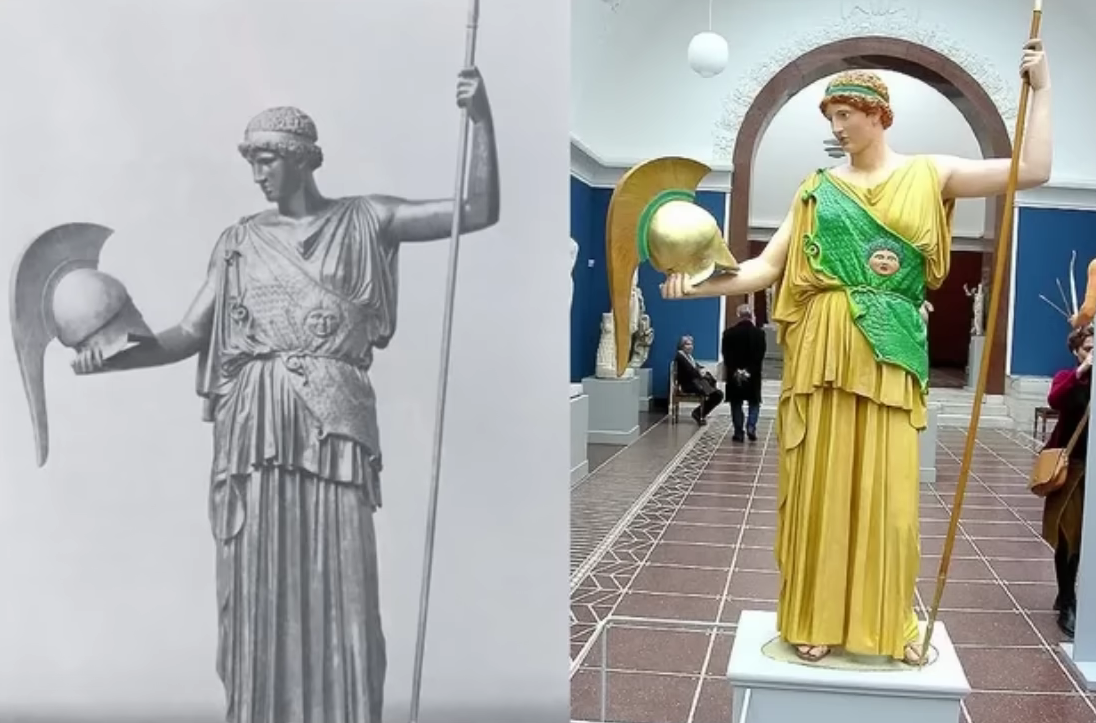Ancient Rome has never left us. From Elon Musk‘s recent claims about the empire’s collapse to blockbuster films like Gladiator, our cultural fascination with Rome burns as brightly as ever. Yet this obsession often comes wrapped in Hollywood fiction and modern political agendas that obscure the messy, complex reality of Roman life.
When Musk argued that Rome fell due to declining birth rates, historians swiftly pointed out a fundamental problem: no birth-rate records exist for ancient Rome. His theory, drawing on a 1944 book rather than contemporary archaeological research, exemplifies how powerful figures can twist history to support modern narratives—whether about Mars colonization or political messaging.
Rome’s actual decline stemmed from invasions, plagues, economic instability, climate change, and political fragmentation. The truth was far more complicated than any single-factor explanation.
This simplification extends beyond internet billionaires to our most basic assumptions about Roman society. As classicist Mary Beard notes, we’ve inherited a sanitized, whitewashed version of Rome through film and television—grand, formal, and overwhelmingly white.
The reality was starkly different. Rome was a cosmopolitan, multicultural metropolis teeming with people from across the western world and Africa. Roman men greeted each other with kisses, not handshakes, until an emperor banned the practice during an infectious herpes outbreak.
Even our most iconic images of Roman spectacle mislead us. The Colosseum, forever immortalized in modern cinema, wasn’t the wild, bloodthirsty free-for-all depicted in movies. Audiences sat in strict hierarchical order—senators in front, women and slaves in back—dressed formally in togas. The atmosphere resembled an evening at the opera more than a football match. If Romans wanted to truly lose control, they headed to the Circus Maximus for chariot racing, where 250,000 spectators—more than any modern stadium holds—mixed freely, bet wildly, and genuinely let loose.
The realities of daily Roman life further challenge our assumptions. Every morning, elite Roman men required slaves to wrap them in togas—an impossible solo task. Elite women’s elaborate hairstyles were literally stitched onto their heads by enslaved attendants.


Rome wasn’t just a society with slaves; it was a society structurally dependent on slavery for the most basic aspects of elite existence.
Recent archaeological discoveries continue overturning conventional wisdom. At Vindolanda near Hadrian’s Wall, preserved letters reveal Roman military bases as family communities, not just barracks of single soldiers. Children’s shoes discovered at the site prove that army bases housed women and children—a complete revision of our understanding of Roman military life.

Even our aesthetic understanding of Rome is fundamentally wrong. Those pristine white marble statues we associate with classical purity? They were originally painted in vibrant colors—reds, blues, and golds that would strike modern eyes as garish.

For over a century, scholars have known this, yet the white marble myth persists, shaping everything from neoclassical architecture to white supremacist ideology.
Perhaps most troubling is how Rome serves as a mirror for whatever modern agenda needs ancient legitimacy. The triumph—Rome’s ultimate military celebration—exemplifies this.
These elaborate processions displayed conquered peoples, exotic animals, and looted treasures to crowds of hundreds of thousands. They were simultaneously celebrations of power and enactments of humiliation so profound that Queen Cleopatra chose suicide over being paraded through Roman streets.
Today, we romanticize these spectacles while ignoring the Roman philosopher Seneca’s pointed observation: “Petty sacrilege gets punished. Sacrilege on a grand scale, that is what gets you a triumph.”
The persistence of Roman myths matters because they shape contemporary politics and culture. When translators consistently render enslaved people in *The Odyssey* as “serving girls,” they obscure the brutal realities of ancient slavery. When we imagine Rome as uniformly white and European, we erase its multicultural reality. When powerful figures cite outdated scholarship to support modern agendas, they weaponize history.
Rome remains endlessly fascinating because it provides templates for thinking about power, empire, conquest, and civilization itself. However, the real Rome was stranger, more diverse, more complex, and often more troubling than the version we’ve inherited. That’s precisely what makes it worth studying honestly.


